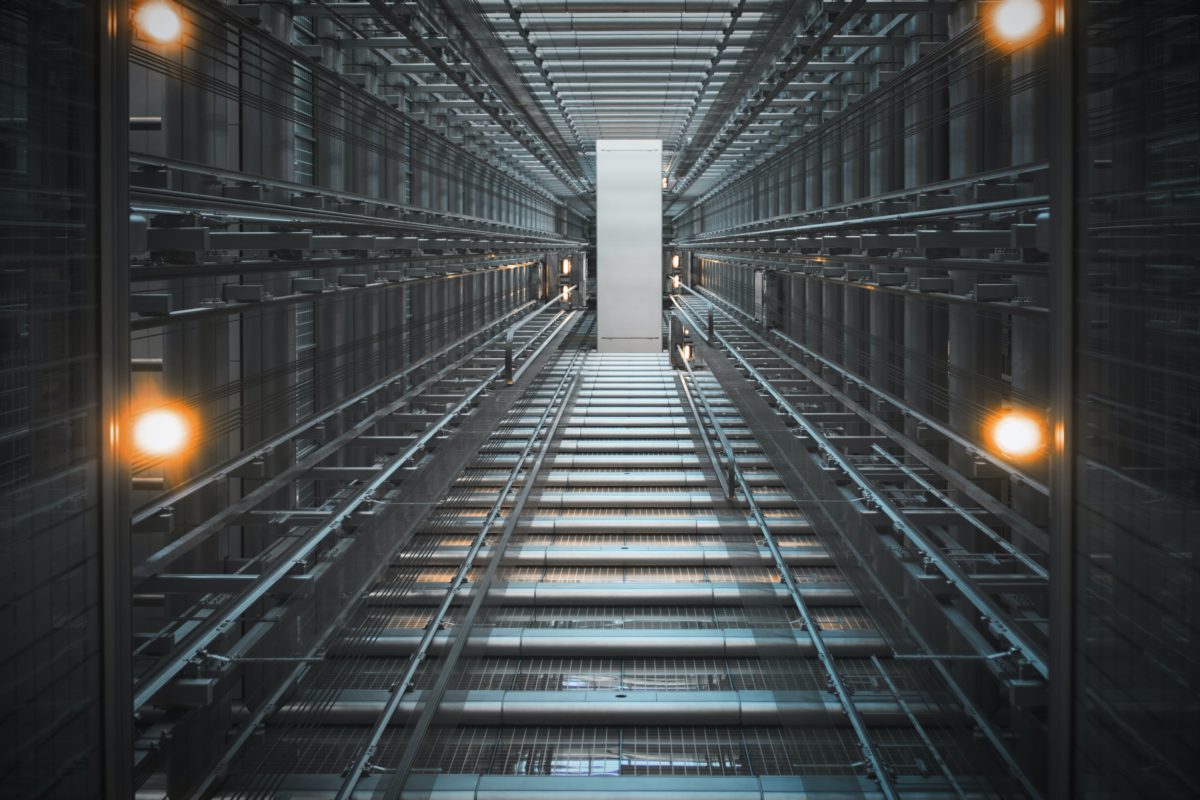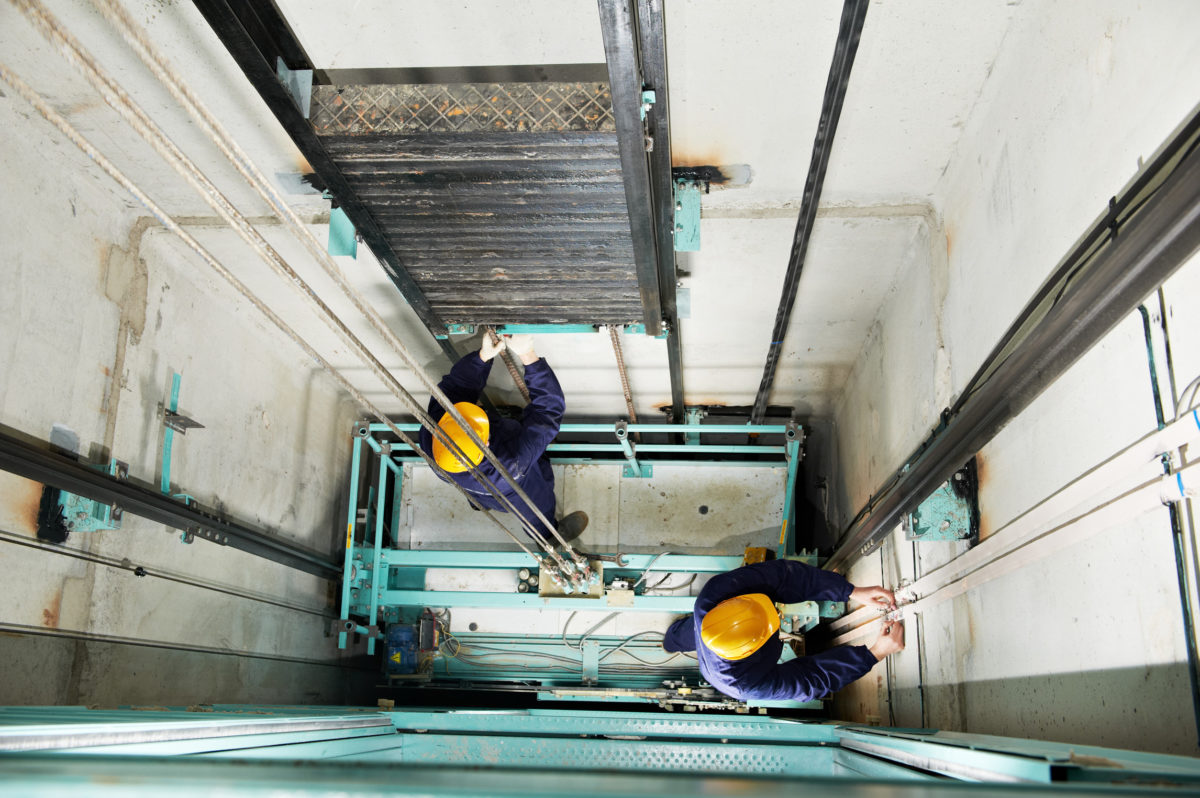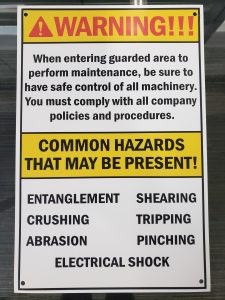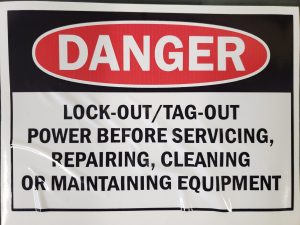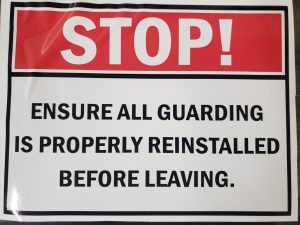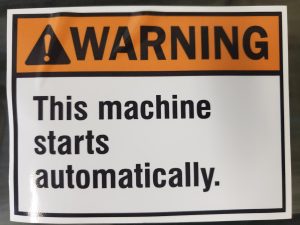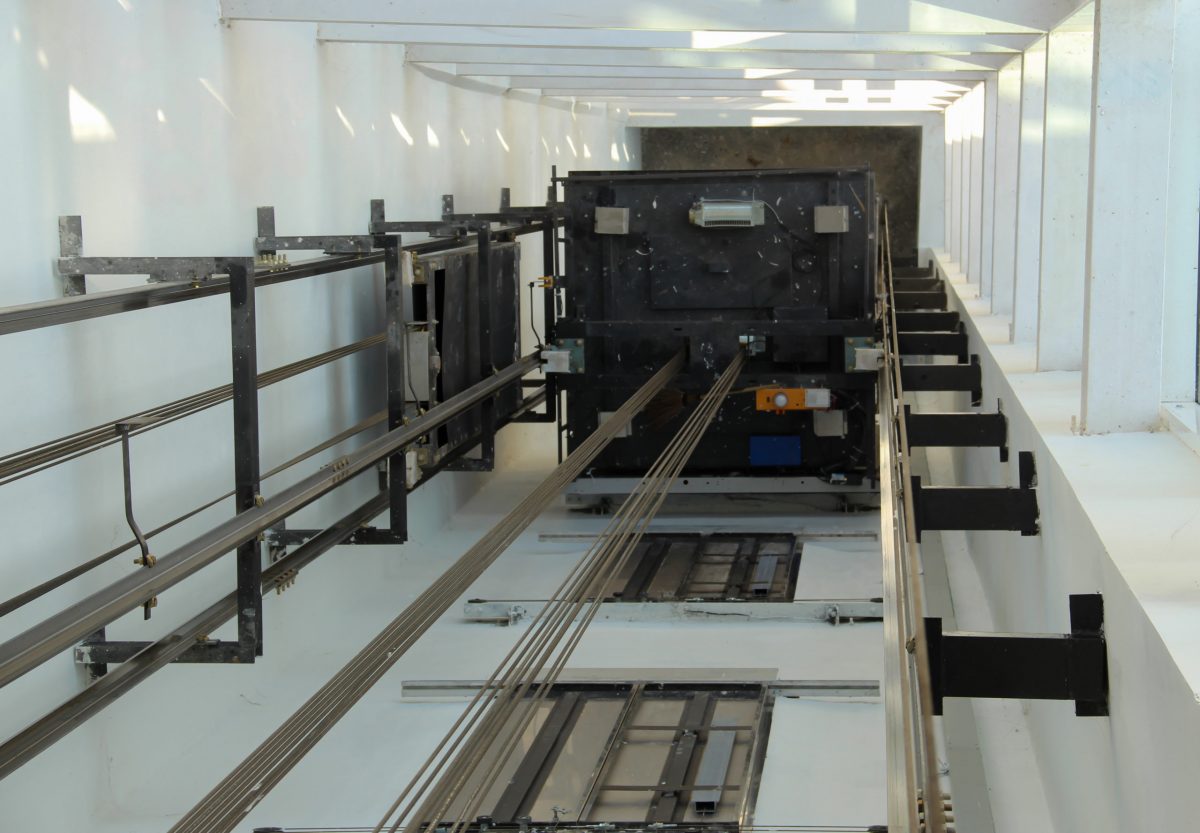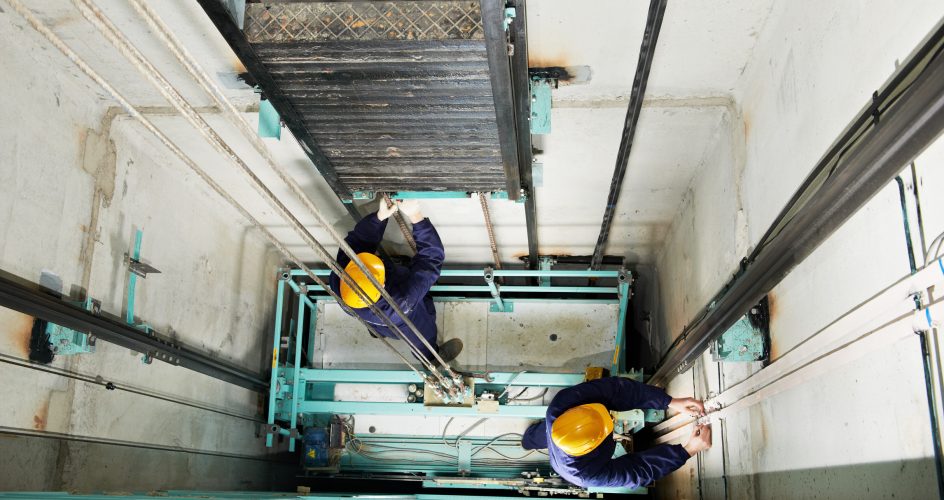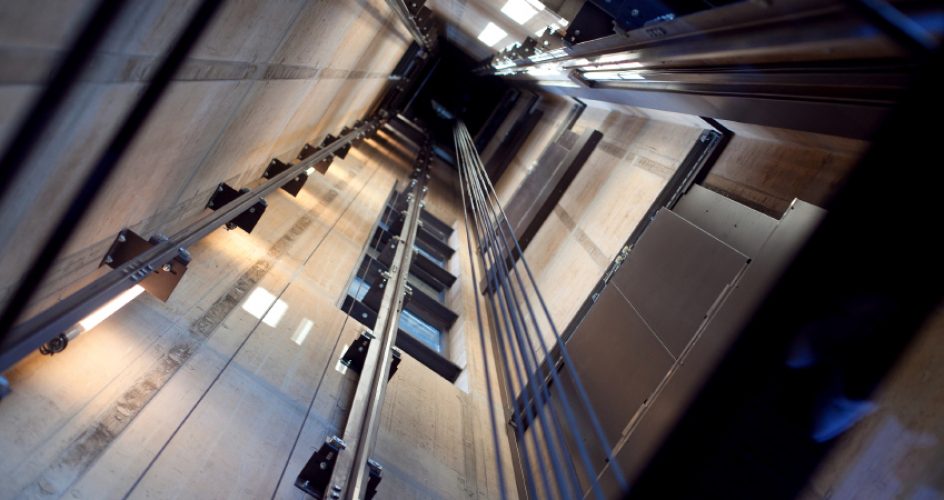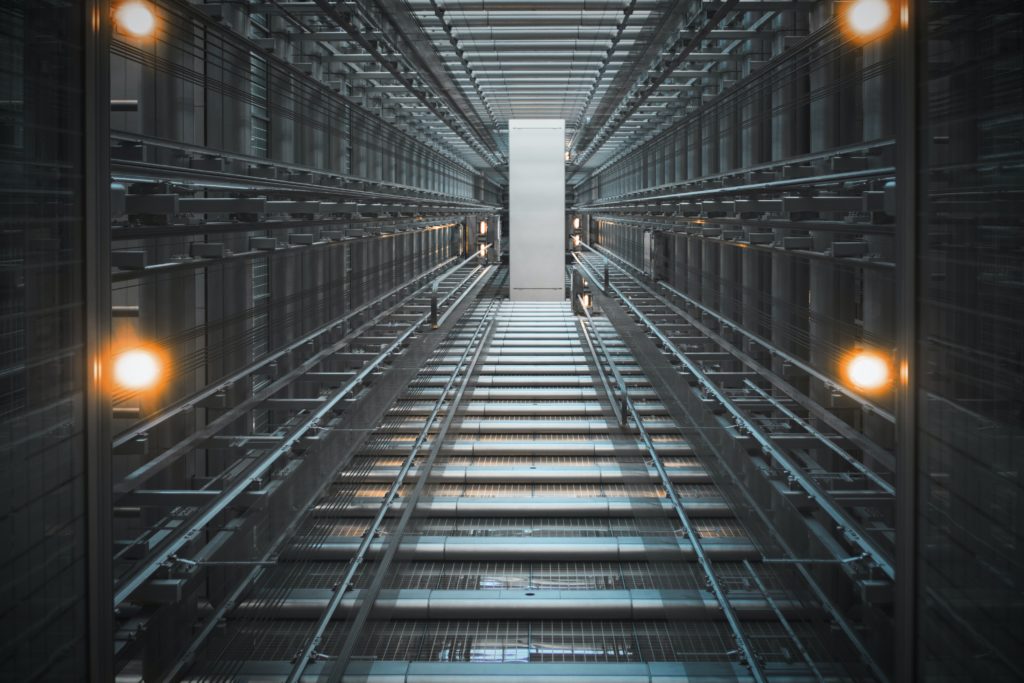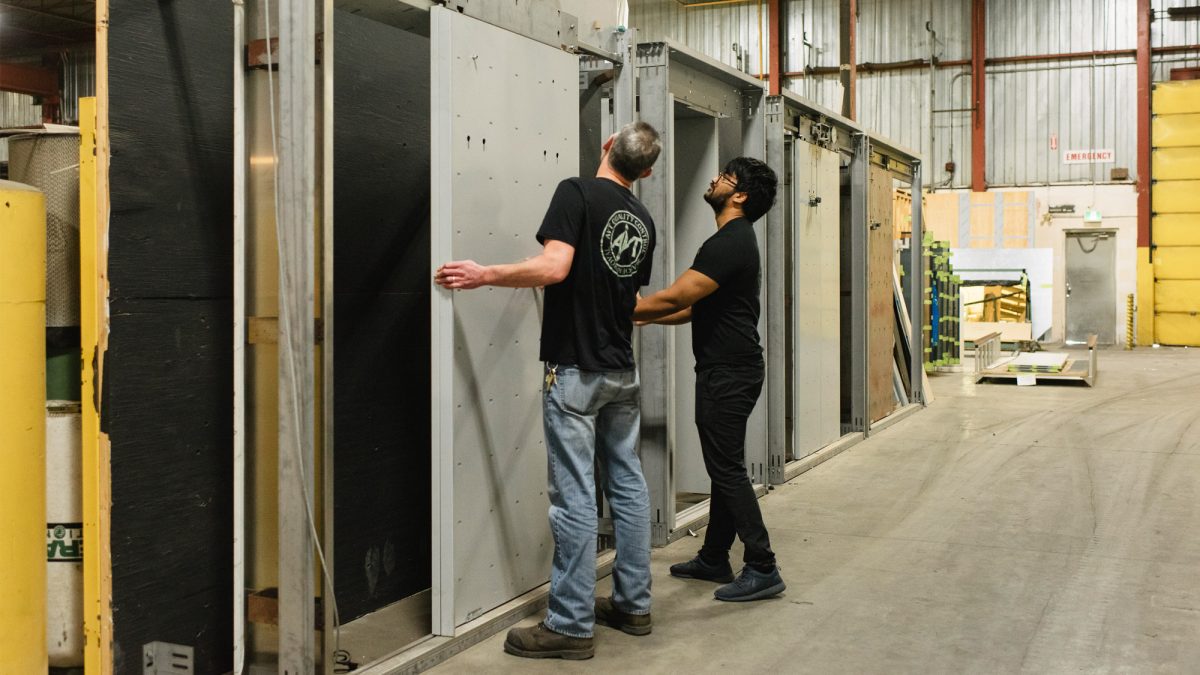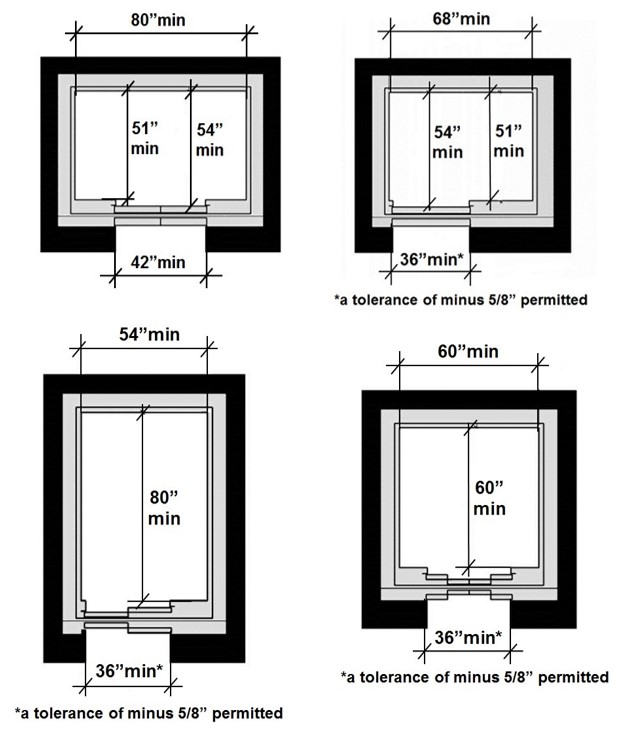The History of the Elevator
- December 1, 2021
Today we view the elevator as an accessible staple of buildings and as more buildings go up, so do the number of elevators. But as you waited for the ding of elevator doors to open, ready to safely transport you to your destination, have you ever thought about how it came to be?
While an elevator ride may be short and at times mundane, its history is not. From transporting animals to the battleground that was the Colosseum in ancient Rome, to being the sought after “flying chair” of King Louis XV, the elevator brought magic to everyday people, hundreds of years ago.
So let’s go back to where the elevator first lifted off…
The Dawn of the Elevator
As far as we know, the first construction of an elevator dates to 236 B.C, where the Greek Mathematician Archimedes used a wooden platform or box drawn by hemp ropes through a vertical open shaft and would power it by men or animals operating a capstan. For centuries following this technology remained much the same.
Transport Fit For A King (or His Mistress)
However, the use of elevators as being only for building or heavy loads soon changed when King Louis XV of France commissioned a “flying chair” for one of his mistresses at the Palace of Versailles. Connecting his chambers to that of his mistress’ on the upper level, the chair was operated by pulling a cord with connected counterweights as a pulley.
As a result, this became the first known use of an elevator made specifically for passenger use. Furthermore, King Louis became an avid fan of this technology, later installing a “flying table”.
With the ring of a bell, a dining table with elaborate meals and all its accoutrements would rise from the kitchen below, allowing for the private guests to be served their meal without interruption from palace servants.
Popularity Going Up
As time passed, elevators began to take more of the form that we see today. With the dawn of the industrial revolution the invention of the steam engine became a major propeller in the evolution of elevators.
With a need for greater efficiency of moving supplies and workers, textile mill owner William Strutt used a steam-powered, belt-driven device which used a counterweight system to raise and lower a “cradle” between floors. Though the design continued to be refined over the next thirty years, it was later published and circulated throughout England and America.
Safety First
The next major advancement in elevators came in 1853 when American inventor Elisha Otis first demonstrated a new safety device. “Improvement in Hoisting Apparatus Elevator Brake”, also known as an elevator brake, could be equipped to the elevator to stop it from falling.
Showcasing this by hoisting the elevator cab to the top of the building and deliberately cutting the cables, and instead of crashing down, the cab simply stayed in place. This addition is what made the skyscrapers of today’s cities possible.
Otis and The Otis Elevator Company quickly began putting the invention to work, and after installing a steam-powered elevator in the department store, E.W. Haughtwhat & Company of Manhattan, the first ever passenger elevator became operational.
A Vertical World
In the late 19th century, electric elevators became more common. In 1880 the first one was built by the German Inventor, Werner von Siemens. Despite its modern-day success, the invention wasn’t patented for another seven years when inventor Alexander Miles filed for it on October 11th, 1887. In it, he included his innovation in a mechanism to open and close elevator doors, which greatly improved elevator safety.
Over the next century, the elevator became increasingly accepted by a sceptical society. Thanks to avant-garde architects like Emery Roth, who designed now iconic New York residential buildings, the penthouse on the top floor of the building became the pinnacle of fashion. Ushering into popular use, the elevator is now many people’s most preferred method of vertical travel.
AVT Beckett and the Next Generation of Elevator Technology
The next generation of elevators is here and AVT Beckett is at the forefront of it. Reach out today for a quote.
